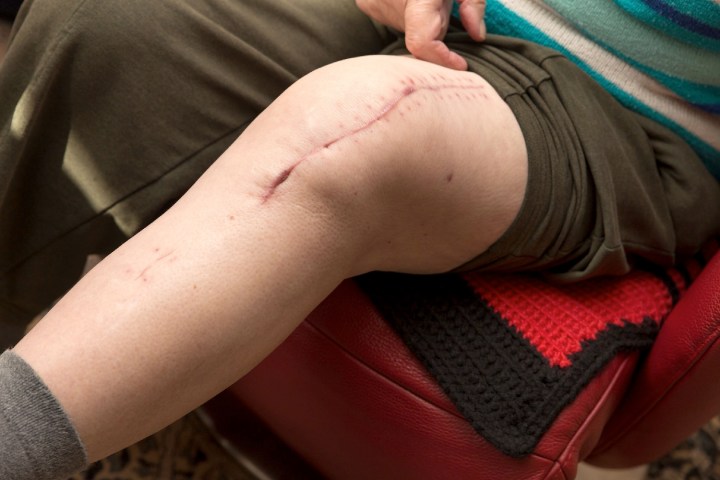
“Our goal is to understand how to get skin to regenerate rather than simply repair,” lead researcher Dr. George Cotsarelis of the University of Pennsylvania told Digital Trends. “We’ve evolved so that when there’s a wound in skin, the goal is to close it as quickly as possible to prevent blood loss and infection. This occurs at the expense of regenerating hair follicles, sweat glands and fat — so that if you look at a typical scar, those structures are all gone. For that reason, the area looks strange and not like normal skin.”
As Cotsarelis explained, scar tissue is made up of different cells than normal skin, and contains no fat cell cells or hair follicles. In previous studies, researchers had shown how hair growth in scar tissue can be prompted in mice. In the new work, it is shown that as these follicles form, they release something called Bone Morphogenetic Protein (BMP), which helps restore the kind of fat cells normally present in skin.
The result? Normal skin growing back instead of scar tissue.
At present, this work has only been shown to work in mice and lab-grown human skin cultures, but Cotsarelis said that human tests are certainly not out of the question in the near future.
“I don’t think clinical trials would be too far off, depending on the level of interest,” he said. “We’ve filed a patent, but haven’t licensed it to anyone yet. If they were to do so, they could probably get a trial going in a year or two. That would be my hope.”


